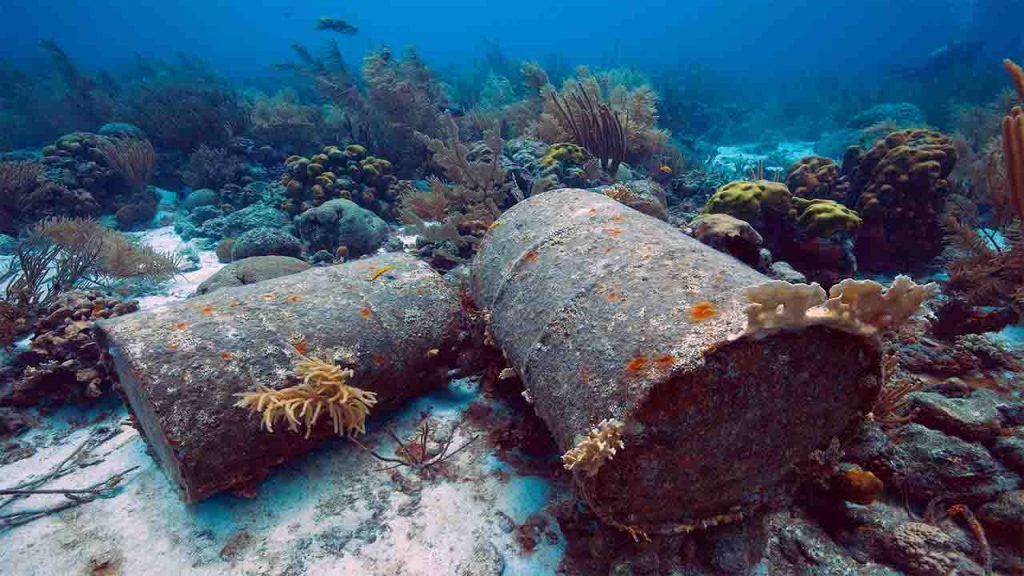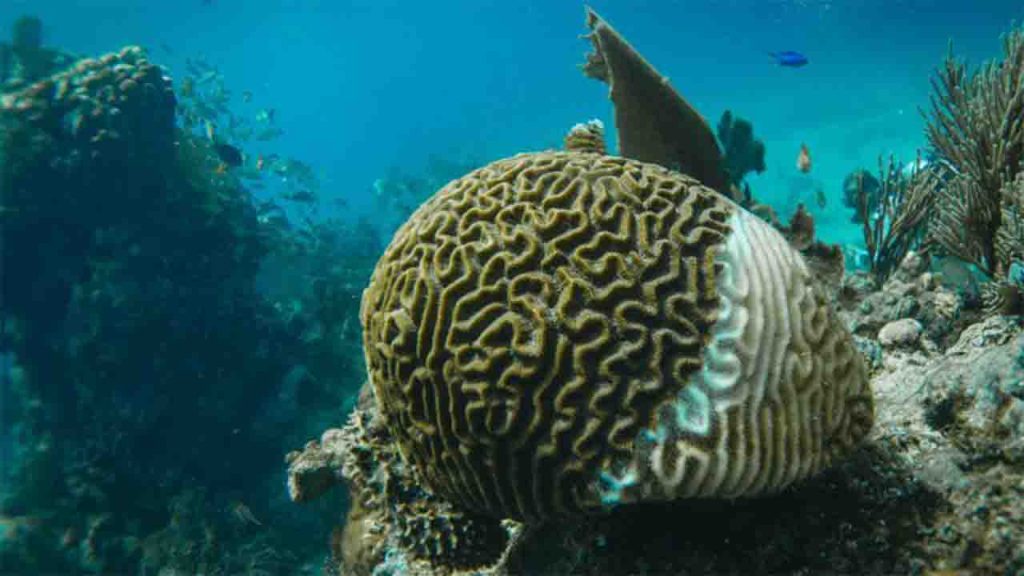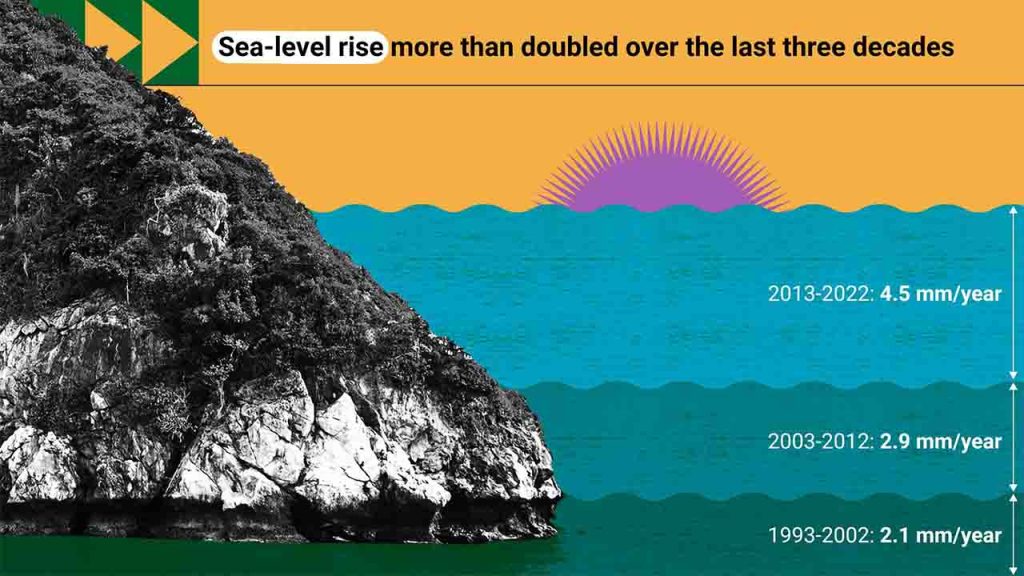The ocean is a vital component of the planet’s ecosystem, shaping the climate and weather worldwide while harboring a diverse array of life. Thriving marine ecosystems not only sustain with food, medicines, jobs, and recreational opportunities but also serve as a source of inspiration and connection to nature. Spanning 71% of Earth’s surface, oceans represent 95% of the livable space on the planet. They are not only a fundamental support system for life but also a shared global resource, offering a plethora of essential goods and services without charge. These range from seafood to Oxygen, underscoring their critical role in sustaining life on Earth.
As the world’s largest carbon sink, the ocean plays a crucial role in absorbing the excess heat and energy released from increasing greenhouse gas emissions. Currently, the ocean has absorbed approximately 90 percent of the heat generated by these rising emissions. However, this absorption is not without consequences.
As the ocean warms due to this excessive heat and energy, it sets off a chain reaction of unprecedented impacts. These include the melting of ice caps, rising sea levels, marine heatwaves, and ocean acidification.
“The ocean has long taken the brunt of the impacts of human-made global warming”
-UN Climate Change-

Source – oursharedseas.com
Changes in Marine Biodiversity
Climate-induced alterations in the ocean’s physical and chemical composition have profound effects on marine ecosystems. For instance, water temperature dictates the species that can thrive in a particular region. Acidification hampers the ability of many marine creatures to form shells or skeletons, while reduced oxygen levels can lead to dead zones. Elevated temperatures can worsen the impacts of both acidification.
Recent projections suggest that over half of the planet’s marine species could face extinction by the year 2100. With the current 1.1°C temperature rise, approximately 60% of global marine ecosystems are either degraded or used in an unsustainable manner. If temperatures increase by 1.5°C, 70 to 90% of coral reefs are at risk of destruction, and a 2°C rise would result in nearly a complete loss, reaching a critical tipping point.

Source – United Nations
Sea-level rise
Global warming is leading to a rise in global mean sea level through two main mechanisms. Firstly, glaciers and ice sheets around the world are melting, adding water to the oceans. Secondly, as the temperature of the water rises, the volume of the ocean is expanding.
Sea-level rise has quickened in recent years due to increased ice loss in the polar regions. The most recent data from the World Meteorological Organization reveals that the global mean sea level hit a new high in 2021, increasing by an average of 4.5 millimeters per year from 2013 to 2021.
This rise, combined with the intensification of tropical cyclones, has worsened extreme events like deadly storm surges and coastal hazards such as flooding, erosion, and landslides. These events, which historically occurred once per century, are now projected to happen at least once a year in many areas.
In nature, rising sea levels pose challenges to coastal ecosystems that offer recreational opportunities, storm protection, and habitats for fish and wildlife, including valuable fisheries. As sea levels increase, saltwater intrusion is affecting freshwater aquifers, which are crucial for municipal and agricultural water sources and natural ecosystems.

Caption – Coral bleaching
Picture source – US Environmental Protection Agency
Marine Heatwaves
Heatwaves, which are periods of abnormally high temperatures, are not exclusive to land; they also occur in the ocean. Unlike their terrestrial counterparts, marine heatwaves can last for several weeks or even months. They cover vast areas and can warm the ocean to depths of hundreds of meters.
As climate change progresses, marine heatwaves are becoming more frequent, intense, and enduring. The frequency of marine heatwaves has doubled, and they have become longer, more intense, and widespread. Most occurred between 2006 and 2015, leading to extensive coral bleaching and reef degradation. In 2021, nearly 60% of the world’s ocean surface experienced at least one marine heatwave.
Marine heatwaves don’t just impact the ocean; they can also influence our weather. They can intensify powerful tropical cyclones, known as hurricanes in the North Atlantic. Additionally, they are linked to heavy precipitation, as warm ocean temperatures promote strong evaporation, increasing the likelihood of intense rainfall events over land.
In conclusion, the ocean is a vital and complex ecosystem that plays a crucial role in sustaining life on Earth. However, it is facing unprecedented challenges due to human-induced climate change. Rising temperatures, sea-level rise, marine heatwaves, and ocean acidification are all taking their toll on marine ecosystems, leading to the degradation of coral reefs, loss of biodiversity, and threats to food security.
Urgent action is needed to mitigate these impacts and protect our oceans for future generations. This includes reducing greenhouse gas emissions, implementing sustainable fishing practices, and establishing marine protected areas. By working together to address these challenges, we can ensure a healthy and thriving ocean for years to come.








